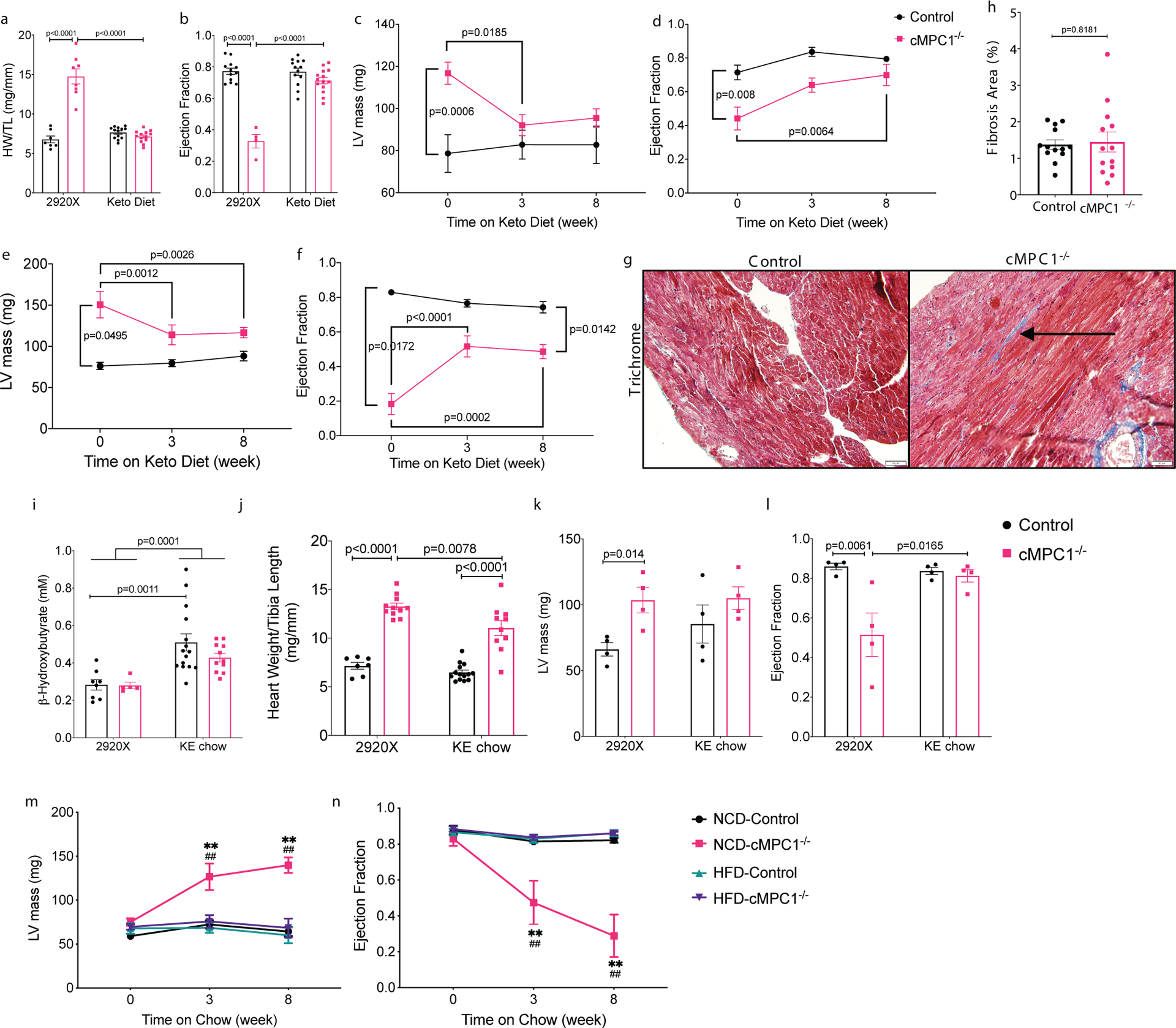Figure 6. Alternative substrates feeding reverses cardiac dysfunction in cMPC1−/− mice.

Three different cohorts of mice were fed with ketogenic diet at the age of 10 (a-b), 18 (c-d) and 24 (e-f) weeks. (a) Heart weight/Tibia length (HW/TL) and (b) ejection fraction were determined after 8 weeks of ketogenic diet in the 10-week-old cohort. (c-f) LV mass (c, e) and ejection fraction (d, f) were measured by echocardiography after 8 weeks in the 18- and 24-week-old cohorts respectively. (g-h) Trichrome stained sections reveal mild cardiac interfibrillar fibrosis in the 24-week-old cMPC1−/− mice. Scale bar, 50 μm. Images are representative of n= 7(control)/6(cMPC1−/−). For panels a-b, n=7 (Control-2920X), n=8 (Control-Keto), n=13 (cMPC1−/−−2920X), n=14 (cMPC1−/−-Keto); for the other panels, sample sizes (n) of Control/cMPC1−/−: 7/4 (c-d); 10/3 (e-f); 7/6 (h). Control and cMPC1−/− mice were fed with ketone ester (KE) chow at the age of 10 weeks and serum concentration of β–Hydroxybutyrate (i) was determined after 2 weeks of feeding. Heart weight/Tibia length (j), LV mass (k) and ejection fraction (l) were determined after 8 weeks of KE chow feeding. Another cohort of mice were fed a normal chow diet (NCD) or a 60% high fat diet (HFD) at the age of 10 weeks and LV mass (m) and ejection fraction (n) were measured after 8 weeks of feeding by echocardiography. For panels i-j, n=8 (Control-2920X), n=5 (cMPC1−/−−2920X), n=15 (Control-KE), n=11(cMPC1−/−-KE); for panels k-l, n=4 (all groups); for panels m-n, n=6 (Control-NCD), n=4 (Control-HFD), n=4(cMPC1−/−-NCD), n=5 (cMPC1−/−-HFD). Data are presented as mean ± SEM and P value was determined by two-way ANOVA followed by Tukey multiple comparison test. Control vs cMPC1−/−: **P < 0.01. Treatment vs baseline: ##P < 0.01.
